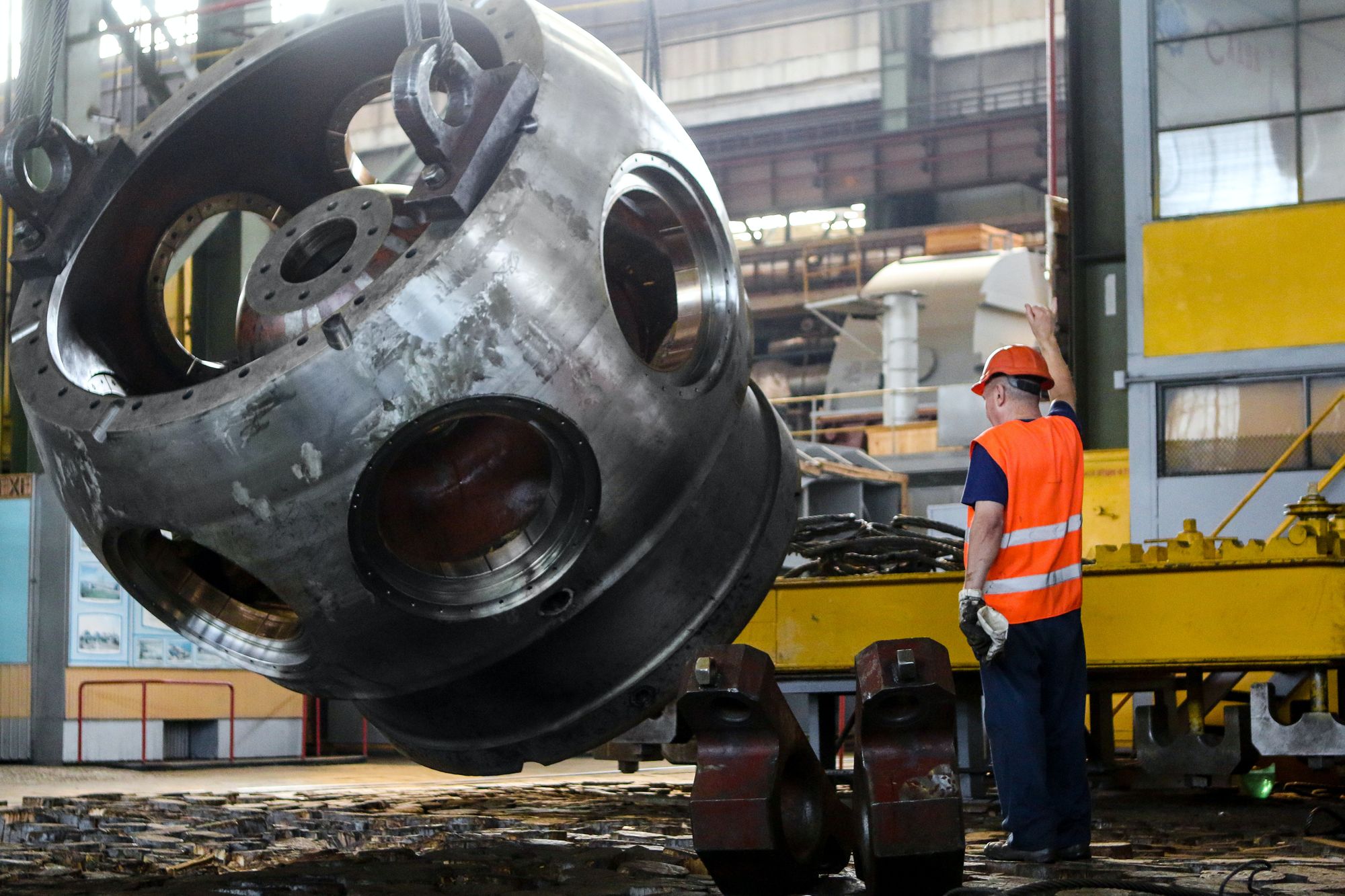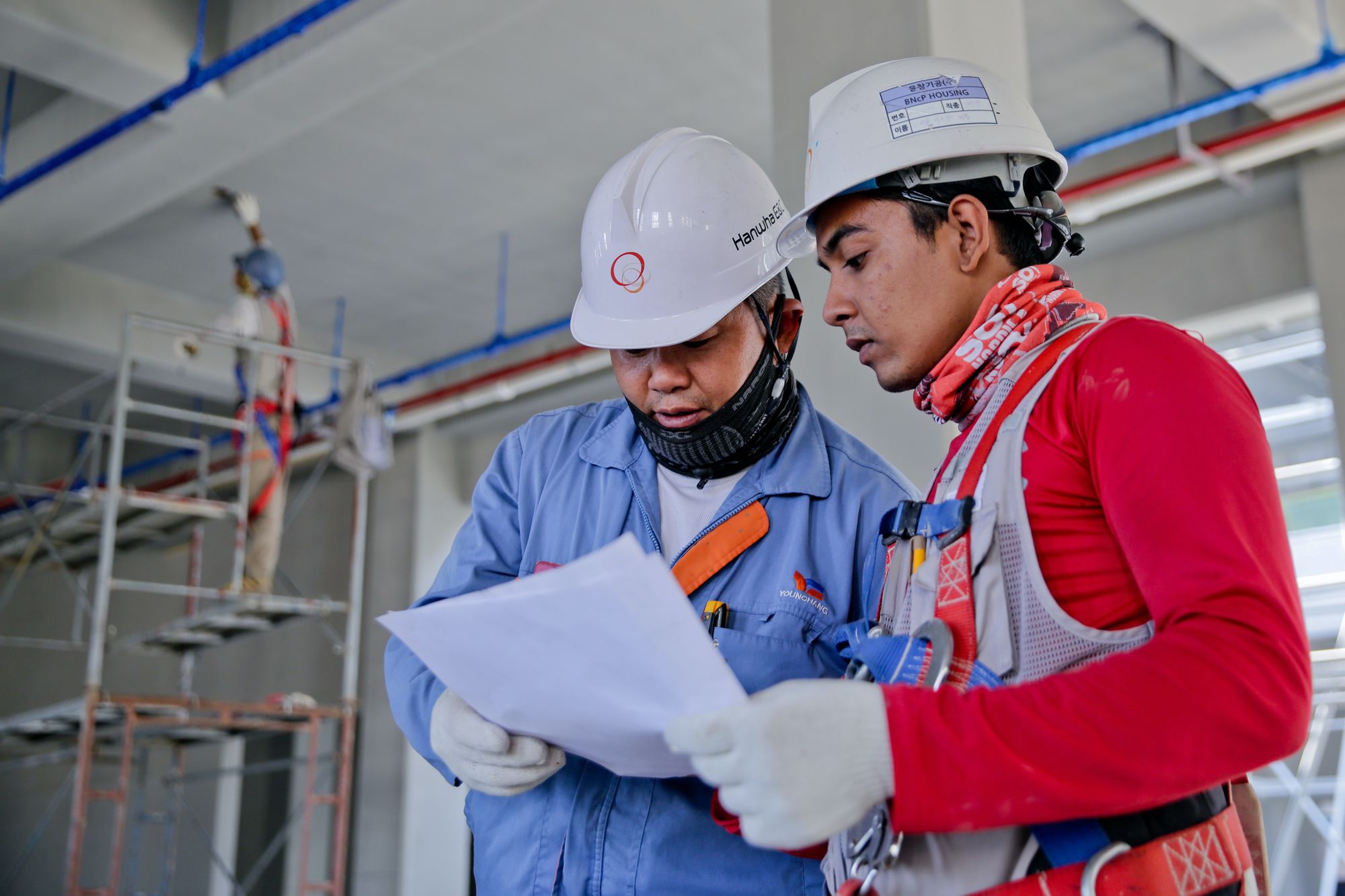
Most of us probably don’t think about how much we practice negotiation during our day-to-day lives. But as individual workers, we need those skills more than ever before just to survive. Because most Americans lack the protection of a strong union, American workers are losing out when fighting for occupational safety and it’s costing them more than just wages.
Data compiled by the US Bureau of Labor Statistics shows that construction workers and motor vehicle operators suffer the most fatalities out of any other occupation by a wide margin. These two combined equaled more than one third of all reported workplace fatalities in 2019. The two occupations also share another link: they both frequently place high-risk decisions in the hands of very few. Without a union’s organizing power, individual workers have no say in how much risk they assume just by showing up to work.
Unfortunately, the global COVID-19 pandemic has only exposed more workers to everyday hazards. Suddenly “safe” occupations are finding that when push comes to shove, management is willing to compromise on worker well-being if it means “getting the job done.” Take for example the resistance the American Federation of Teachers (AFT) encountered in Novato, Calif. when negotiating for baseline transparency, accountability, and protections during their schools’ re-opening procedures.
Although the AFT wasn’t immediately successful in Novato, other unions continue to fight for worker safety. Unions like the United Food and Commercial Workers (UFCW) which just secured pay raises and increased paid sick leave for 70,000 front-line grocery workers. Victories like the UFCW’s show that progress is possible when workers organize.
Why workers get hurt
Obviously, no owner or manager wants to see anyone injured while at work. And some jobs are undoubtedly more dangerous than others - a delivery driver is far more likely to be involved in an on-the-job traffic accident than an office worker is. But why do workers get hurt?

A 2015 article published in Safety Science looked at why certain types of construction companies are more prone to worker casualties than others and found that smaller construction companies suffer more injuries than larger ones. This is because smaller companies often place the responsibility of ensuring a safe worksite on owner-managers who are too focused on other matters - like finances or other business concerns - to adequately meet safety needs. Unsurprisingly, it’s worth noting that workers at these smaller companies view safety measures positively and generally treat safety as a “high-priority.”
The authors also found this dynamic of an overworked owner-manager and a non-unionized workforce leaves teaching, learning, and enforcing safety the responsibility of the individual. Workers are told to “watch out for themselves.” Training is ad-hoc and irregular, and reporting safety concerns or violations becomes a matter of personal politics.
These gaps in support create more opportunities for individuals to be harmed compared to workplaces that have better distributed and formally defined safety procedures.
The difference unions can make
If workers can get hurt even when they try their best, how do unions help? And why would it matter if they’re organized under a union or not? The answer has nothing to do with labor laws and everything to do with the benefits of distributed decision making. A union provides a crucial counterbalance to the business-focused owner and because a union represents all of its members, it can draw upon the expertise of a much wider talent pool when addressing issues like safety procedures and operational standards.

A 2017 survey found that unionized construction firms are more likely to complete Occupational Safety and Health Administration safety training, perform job safety analysis, and adopt new safety technologies than non-union firms. So maybe that’s why it’s not surprising to find that evidence suggests that just a 1 percent decline in unionization could equate to a 5 percent increase in workplace deaths.
A report published in the Occupational & Environmental Medicine journal compared unionization rates and occupational fatalities between 1992 and 2016. It concluded that national “Right to Work” (RTW) laws have inadvertently increased the risk of injury for workers in RTW states by weakening the ability for them to organize. The authors found that these laws ultimately caused a 14.2 percent increase in occupational mortality “through decreased unionisation.”
The best defense is a good organizational process

If you’re ready to act, try following these tips to leverage collective bargaining and group collaboration for a safer workplace. While you’ll have an easier time if your workplace is already unionized (or at least has a healthy and formalized culture that supports safety), don’t be discouraged if you’re not there yet; these suggestions could serve as the starting point for other conversations about worker organization and self-governance.
- Practice democratic group decision making to allow all workers to express safety and process concerns (because they know them best).
- Assign rotating safety representatives to create accountability, but also to prevent burn out and over-reliance on individual contributors.
- Define the scope and schedule of the work involved. Incorporating a safety review as an integral part of any project or task is a great way to start planning around safety requirements.
- Leverage group feedback to make sure safety training is both relevant and practical.
- Work to identify harmful patterns that might not be visible to a single individual. Historical data on the types of injuries reported at your workplace can be valuable here if it’s available, but if it’s not, now could be the right time to start tracking it yourself.
No one wants harm to come to workers, but as we’ve seen for many companies, it’s far too easy to brush aside safety concerns in favor of profit and expediency.
We owe it to every worker to hear their voices and to support their wellbeing. With responsible group decision-making and powerful labor organizations to back it up, we’ll be able to make these ideals a reality.



